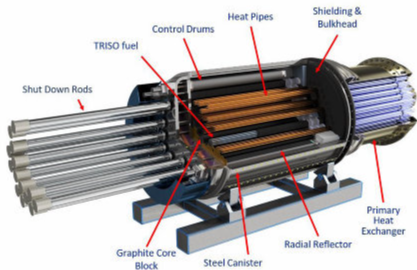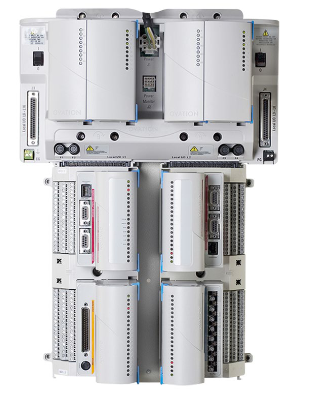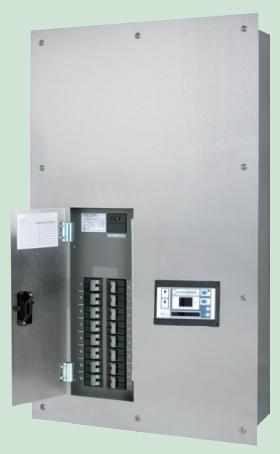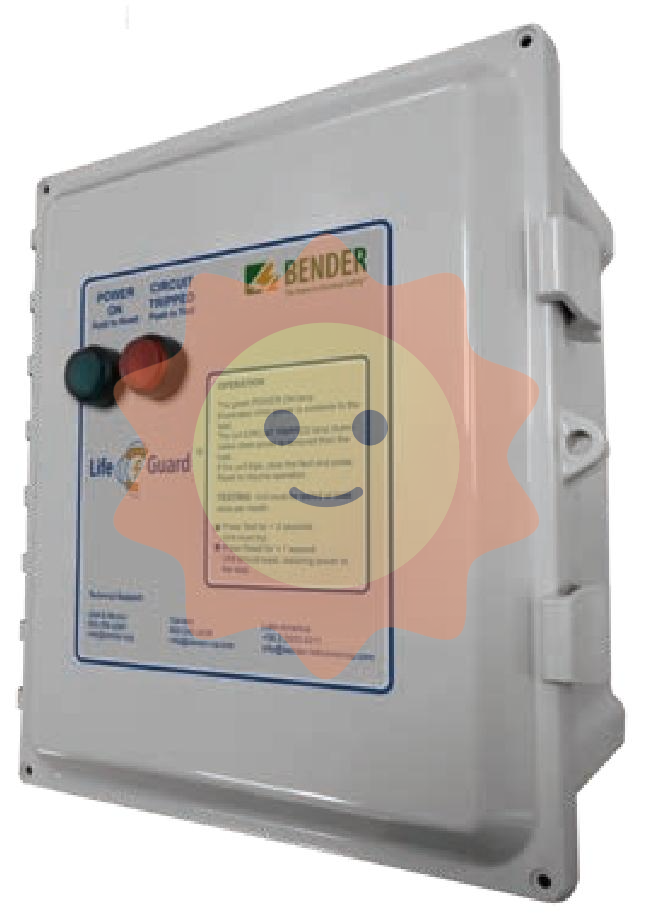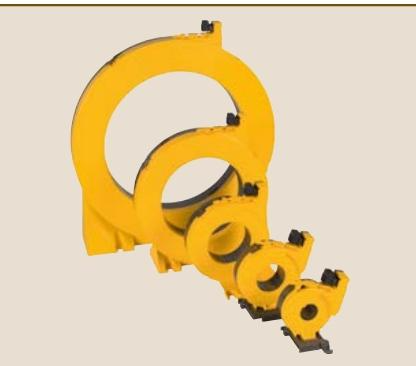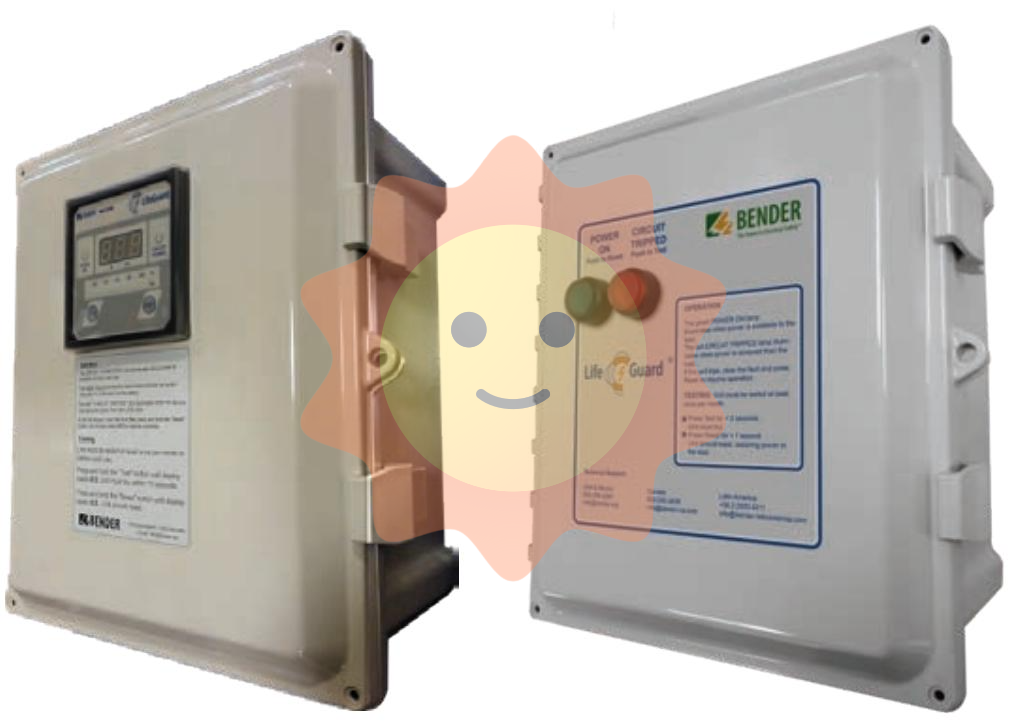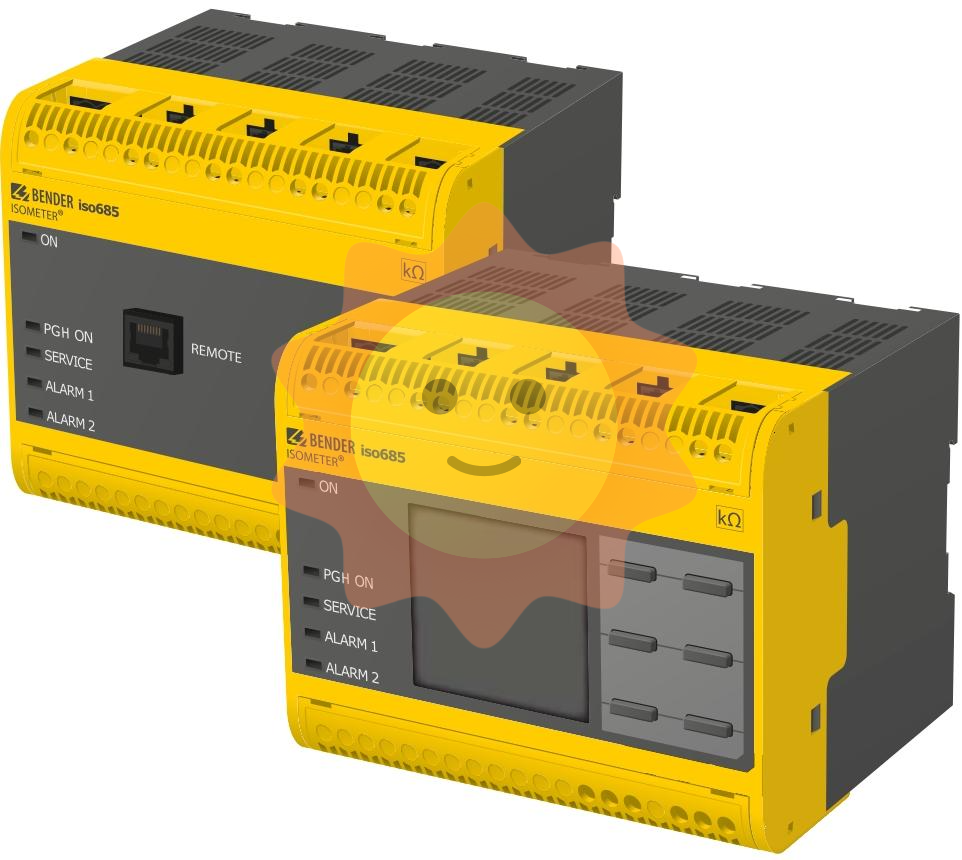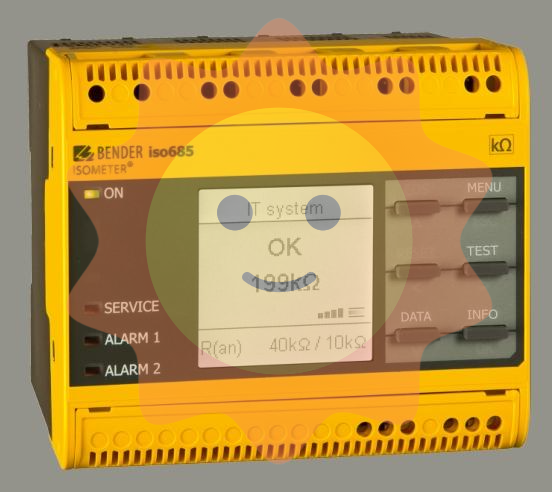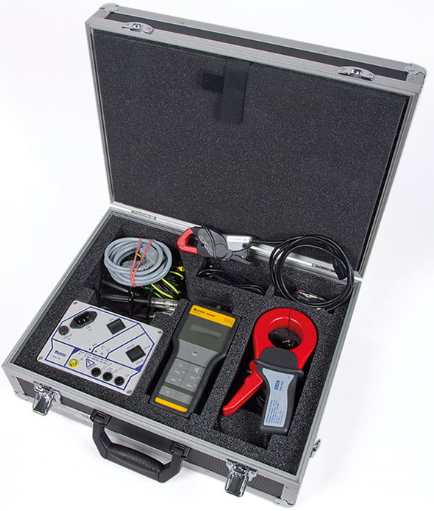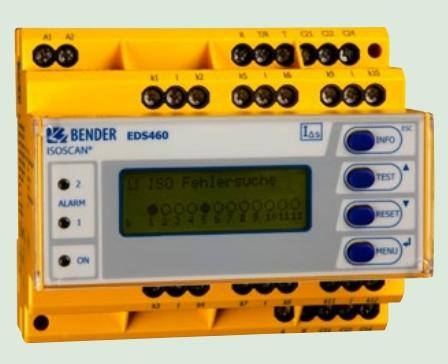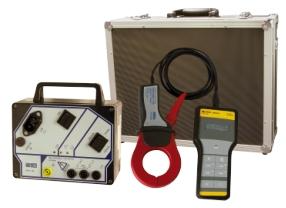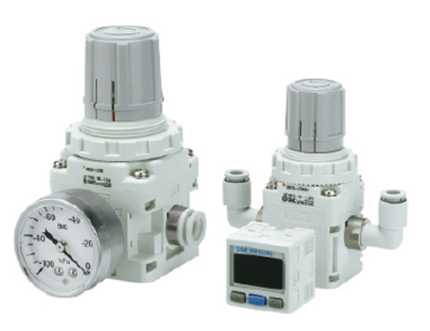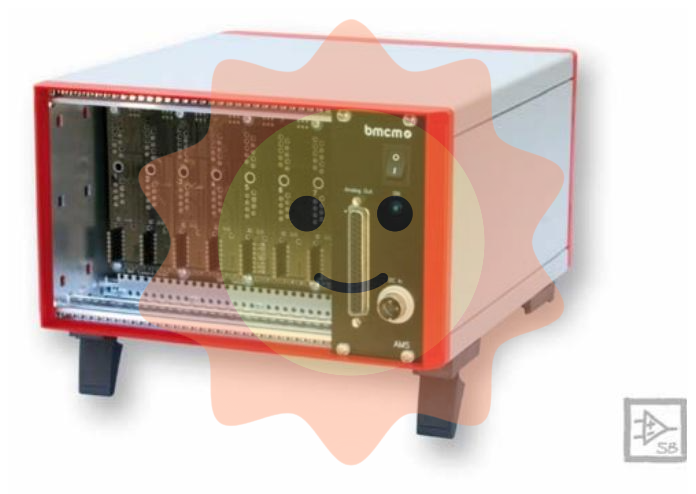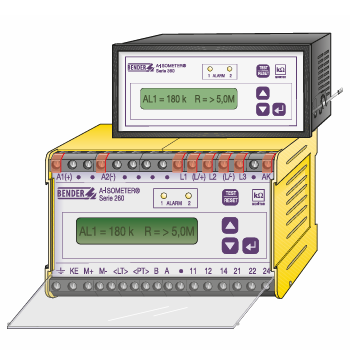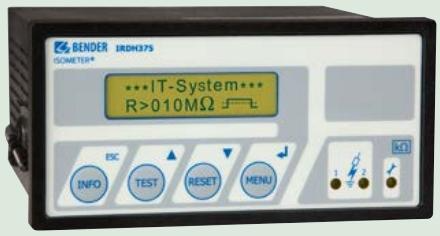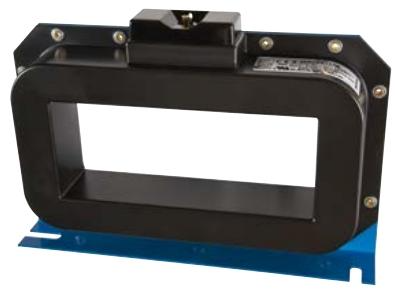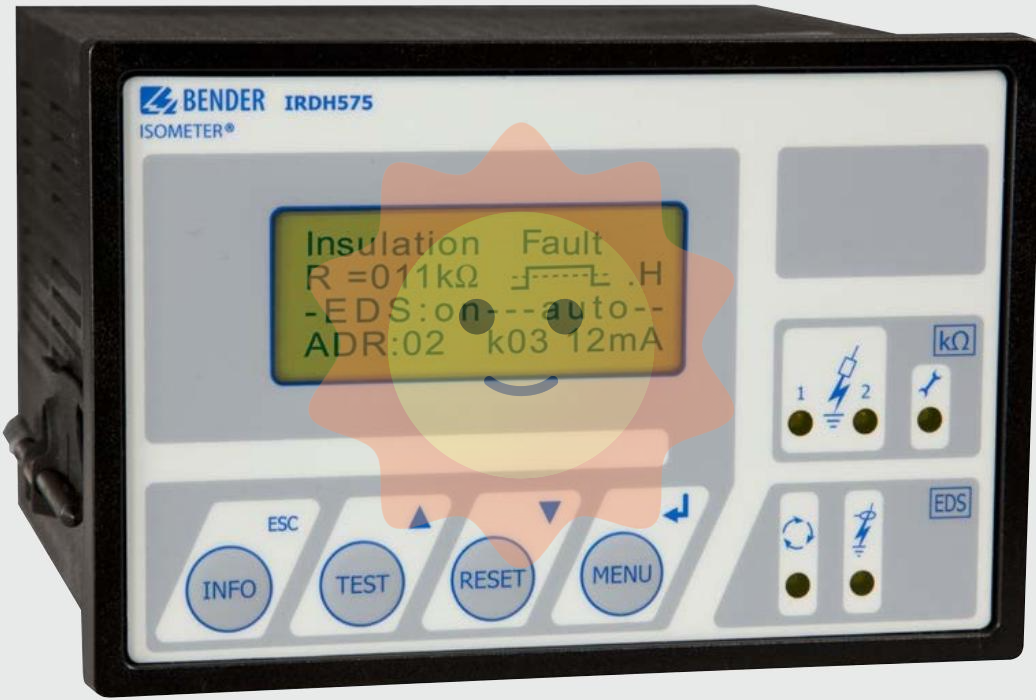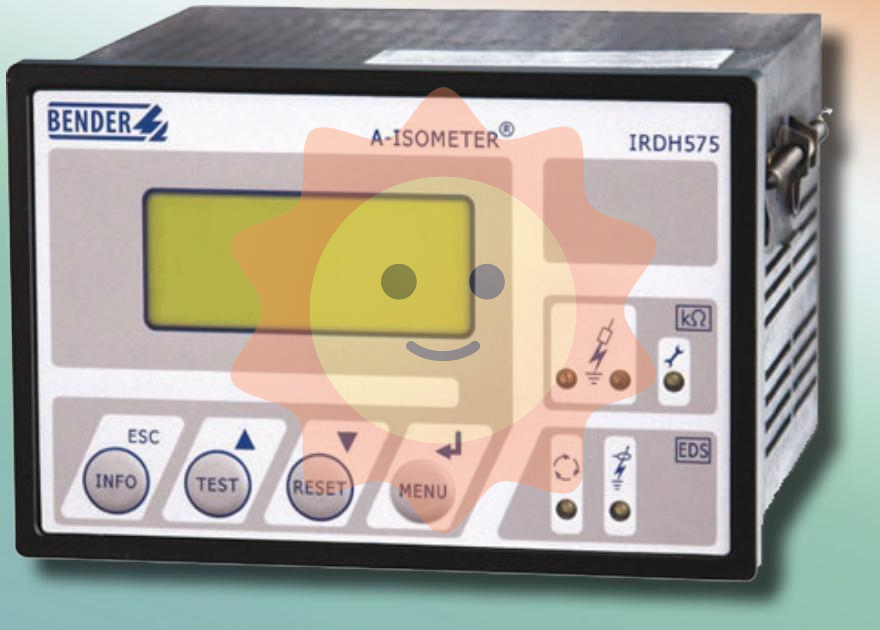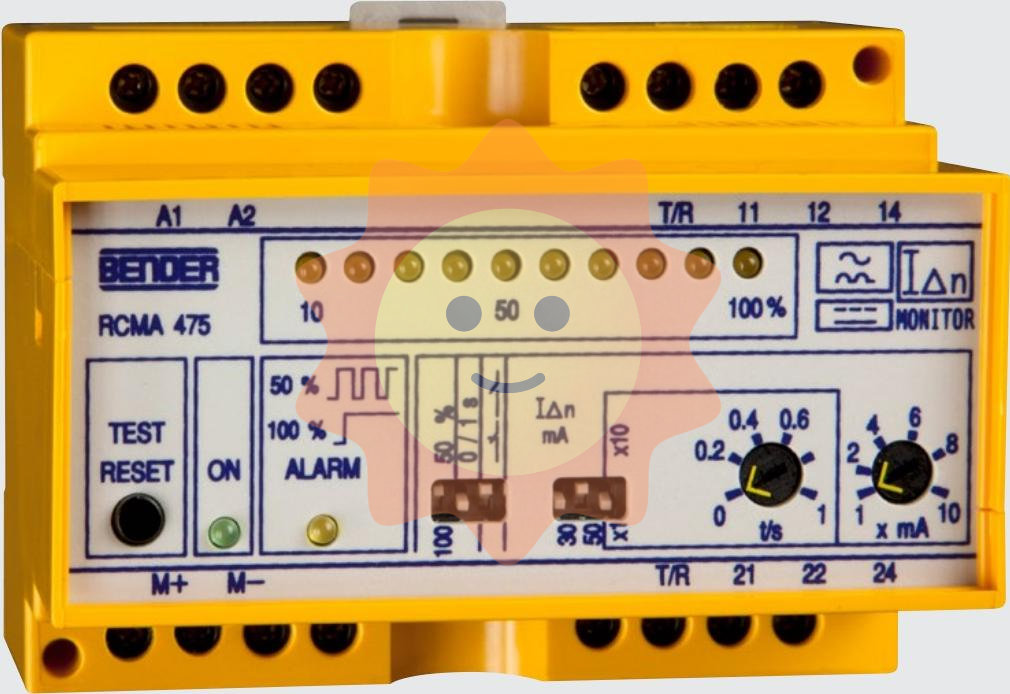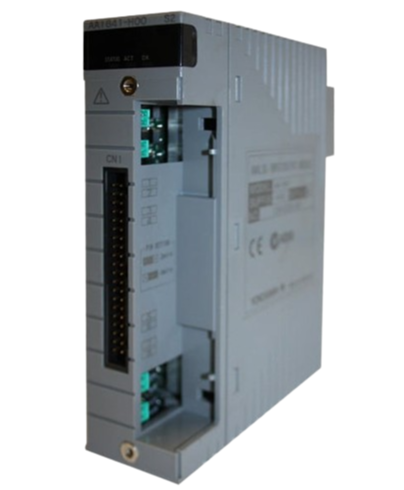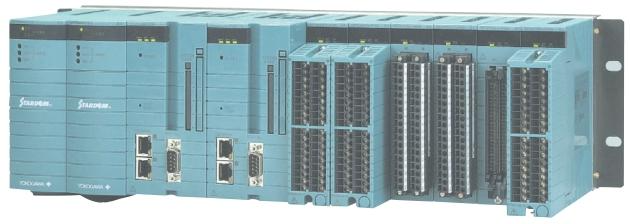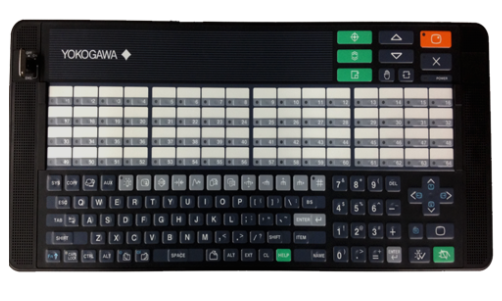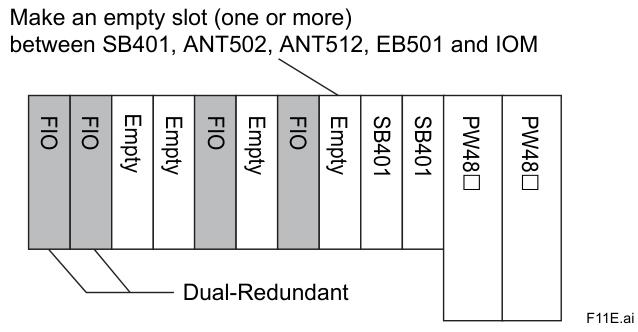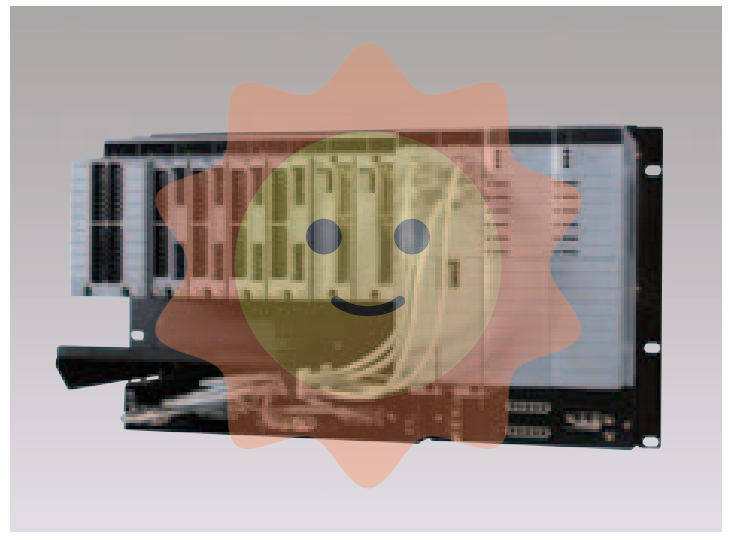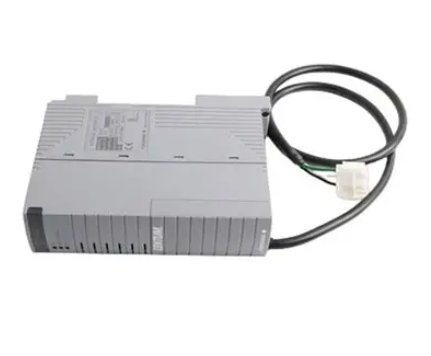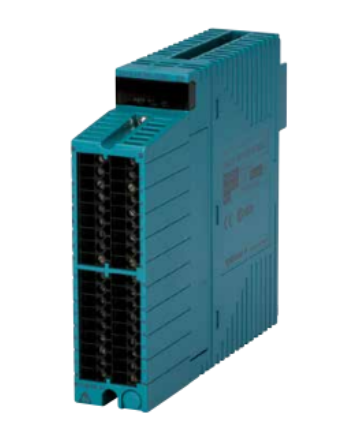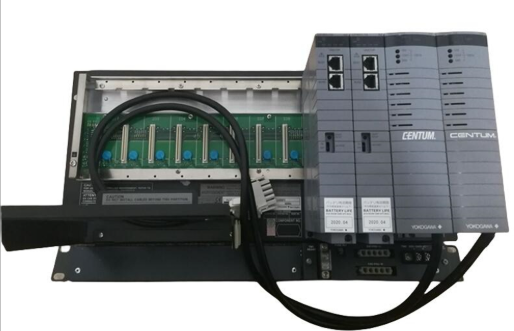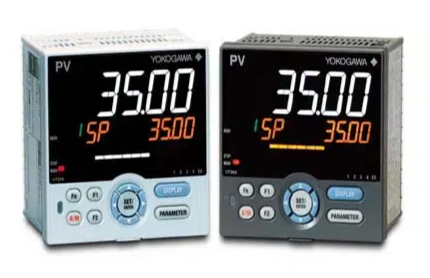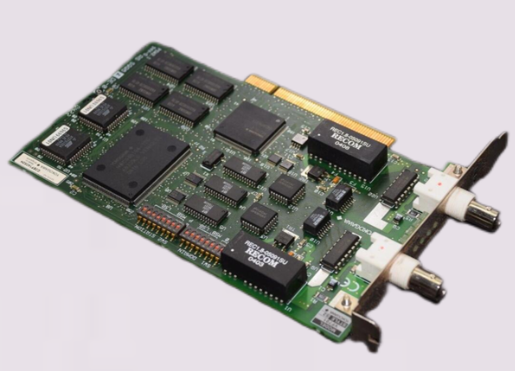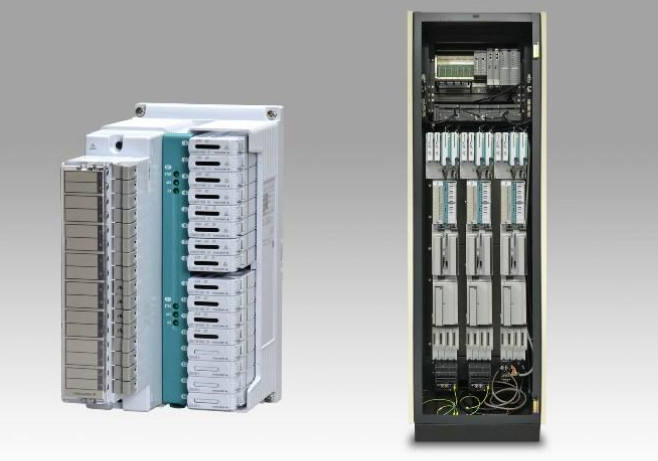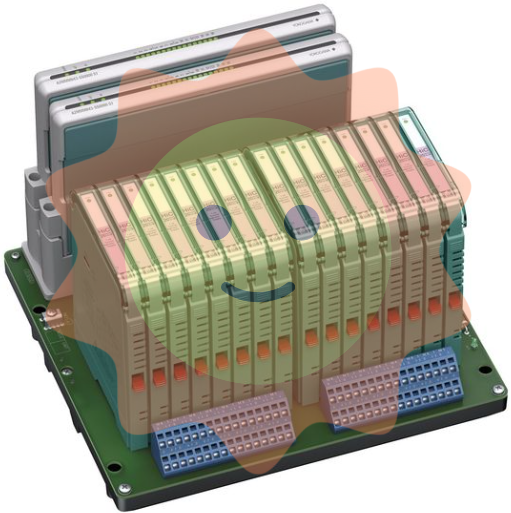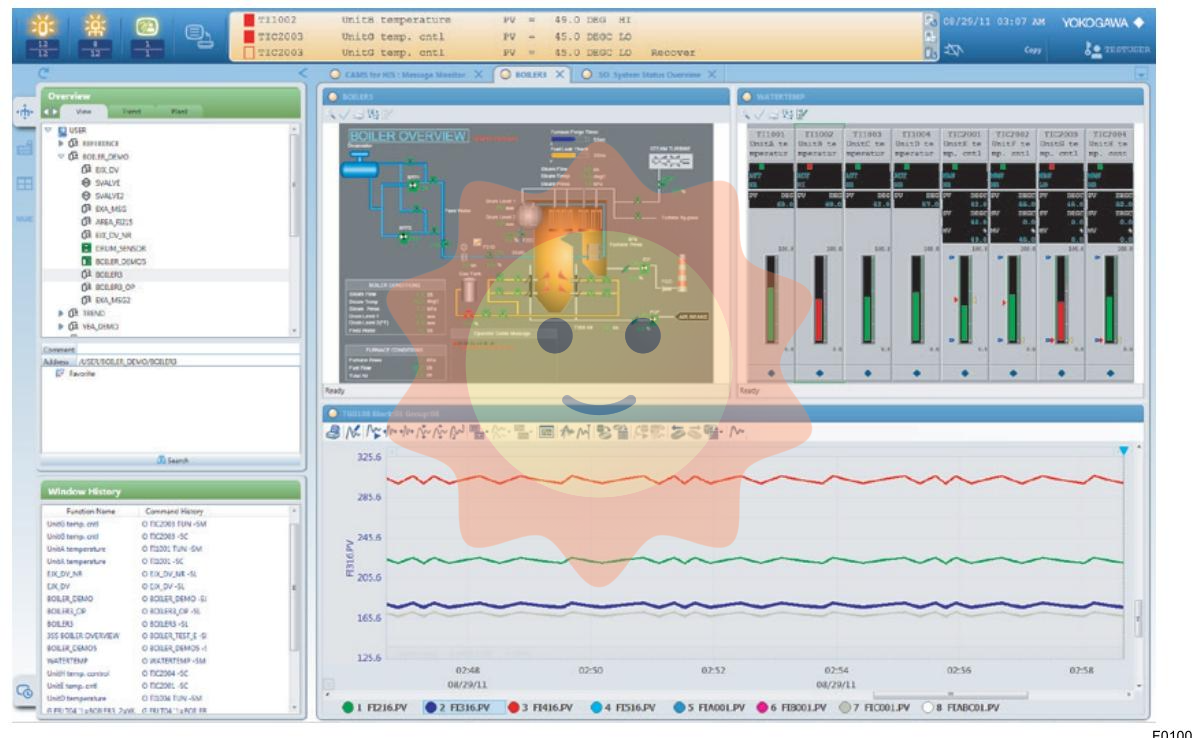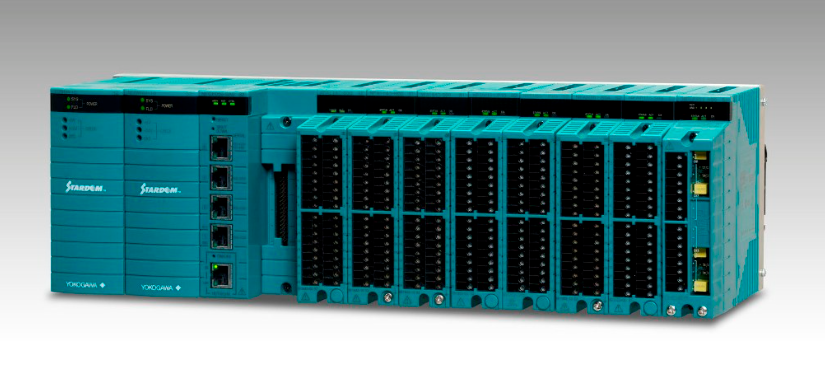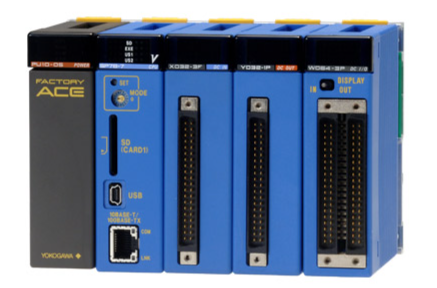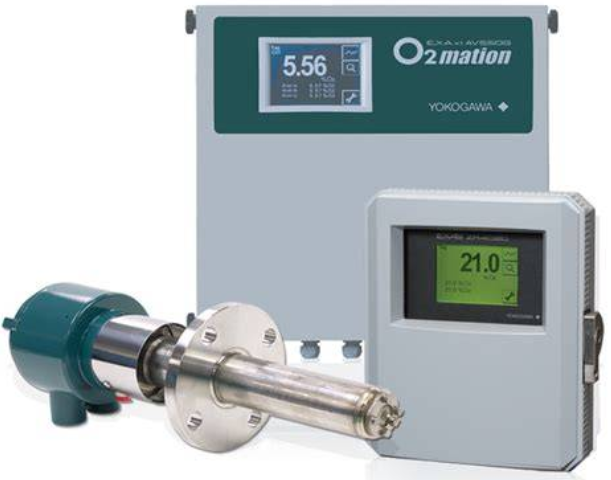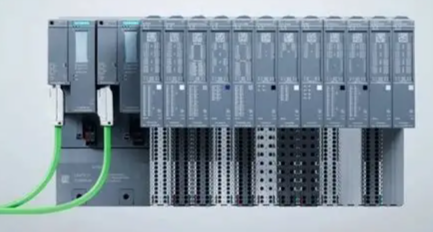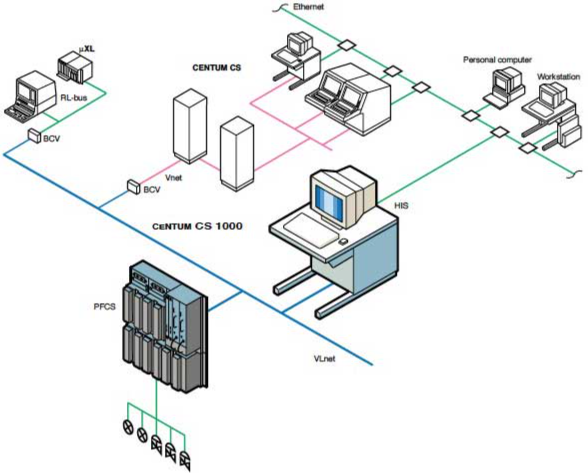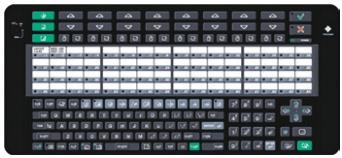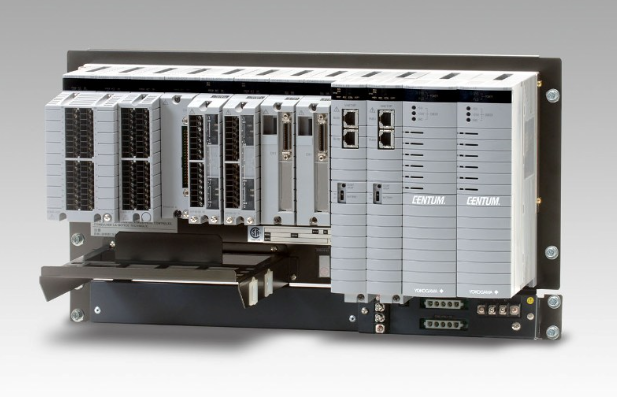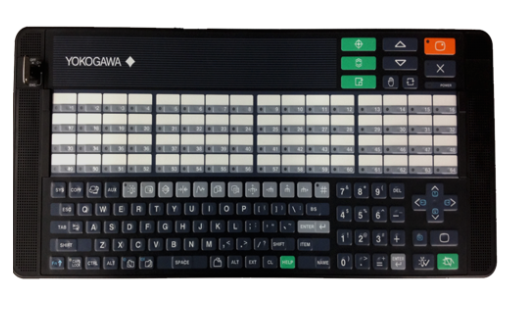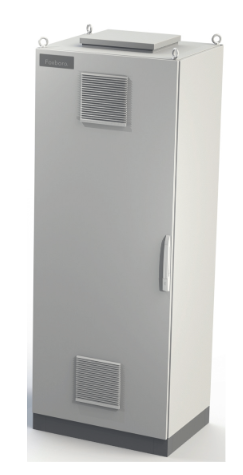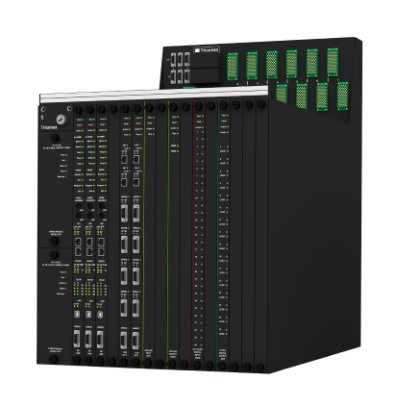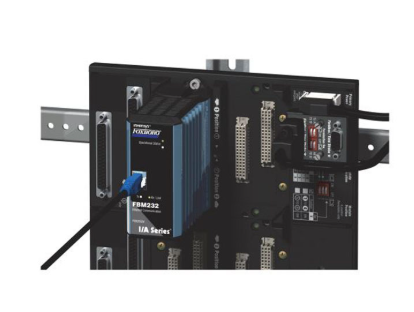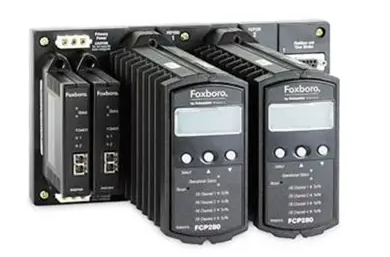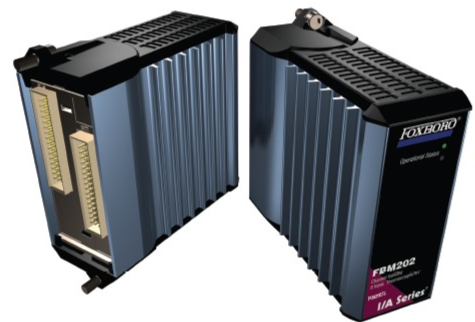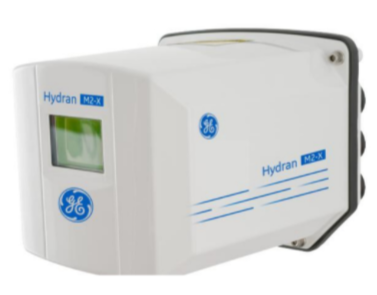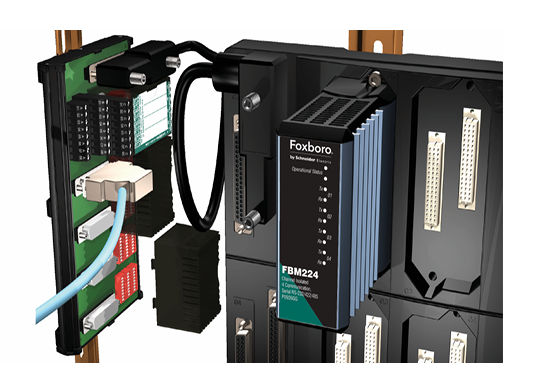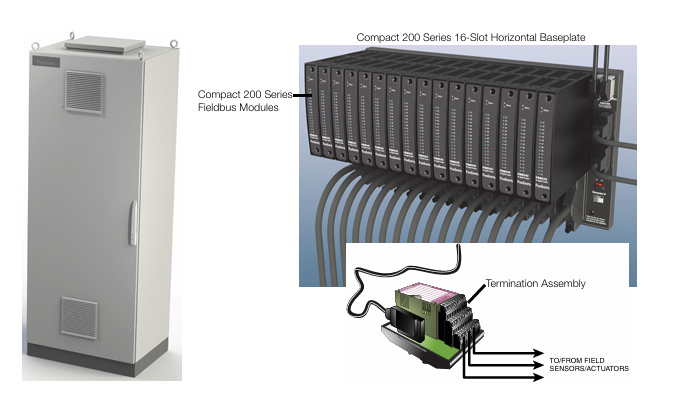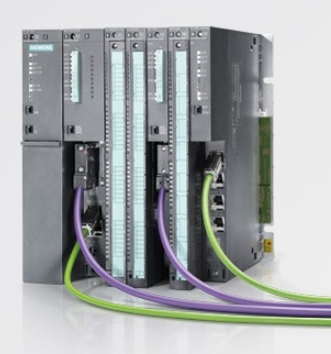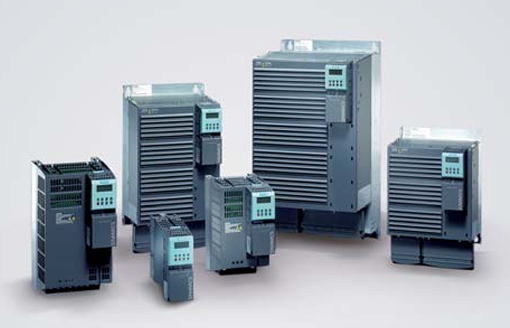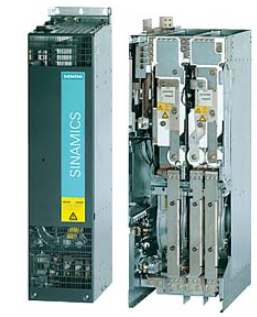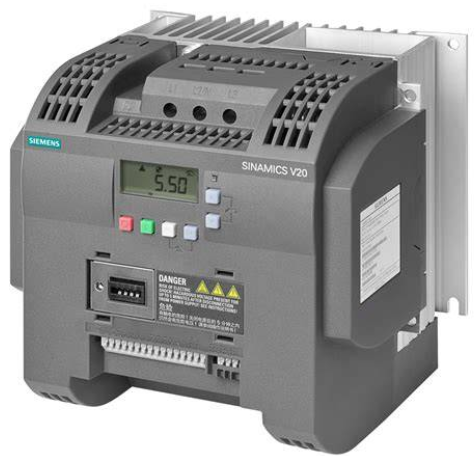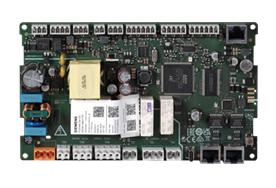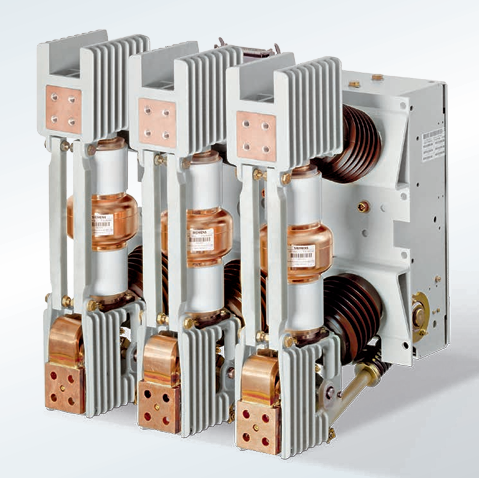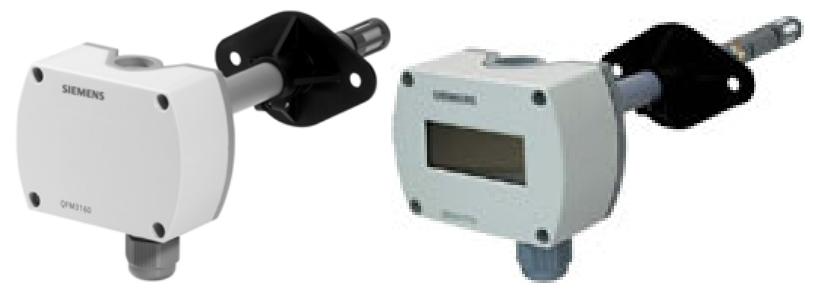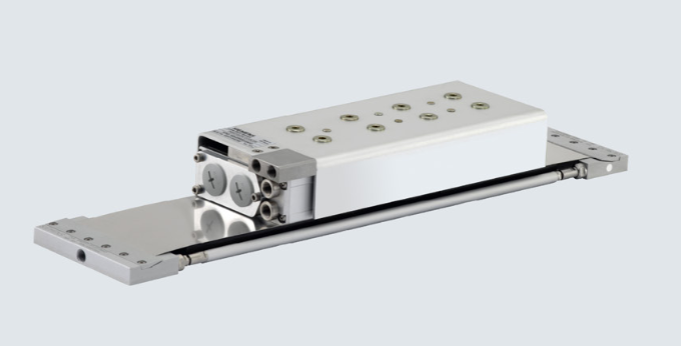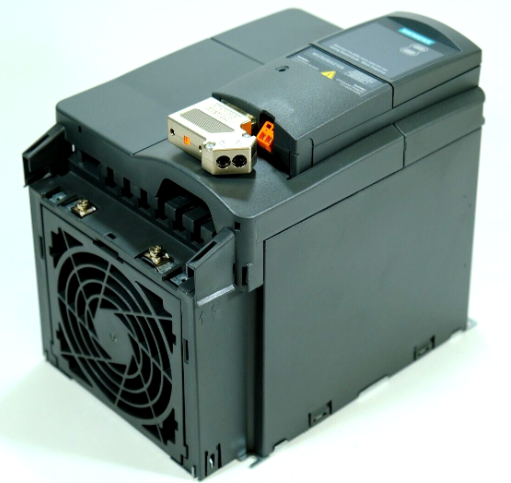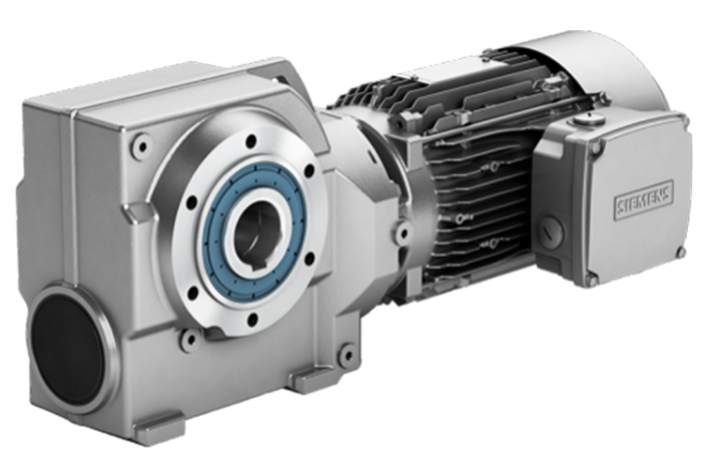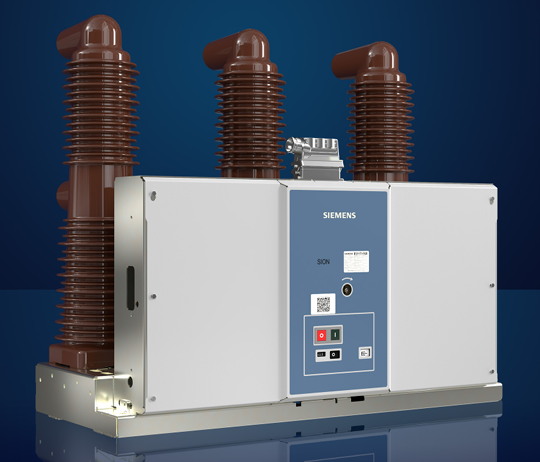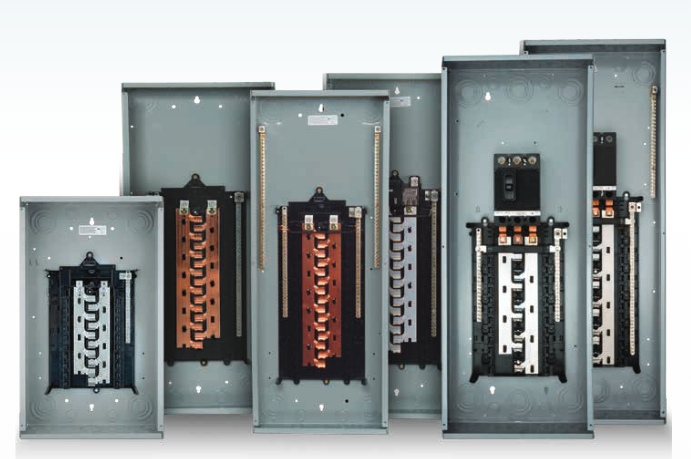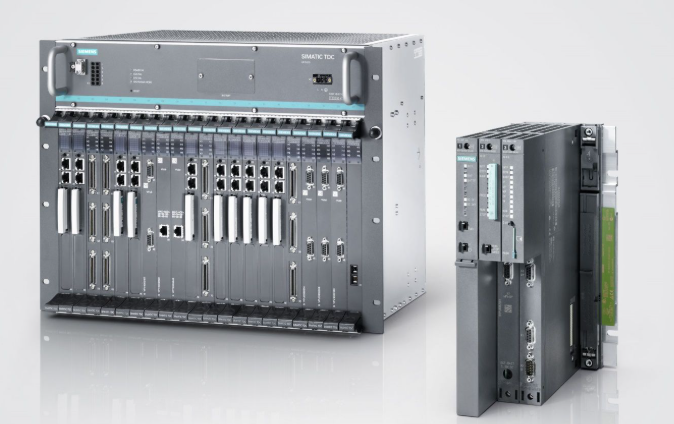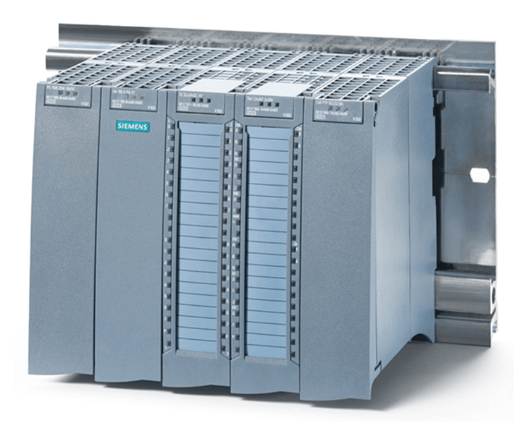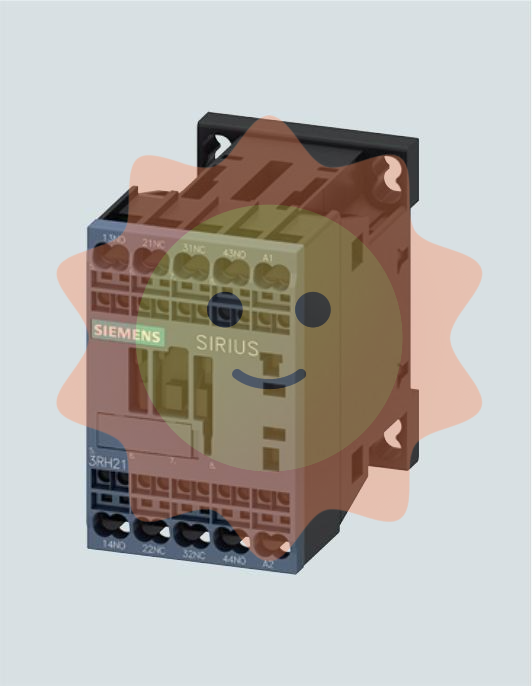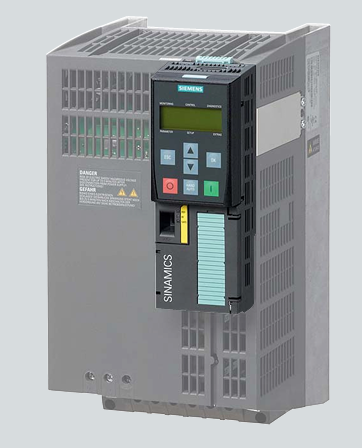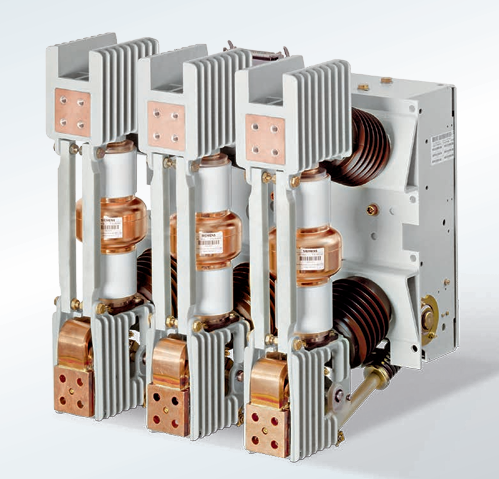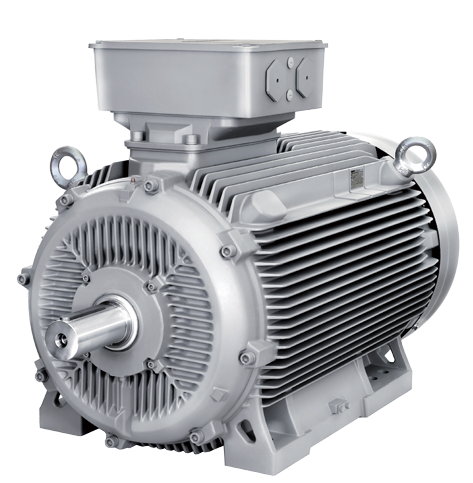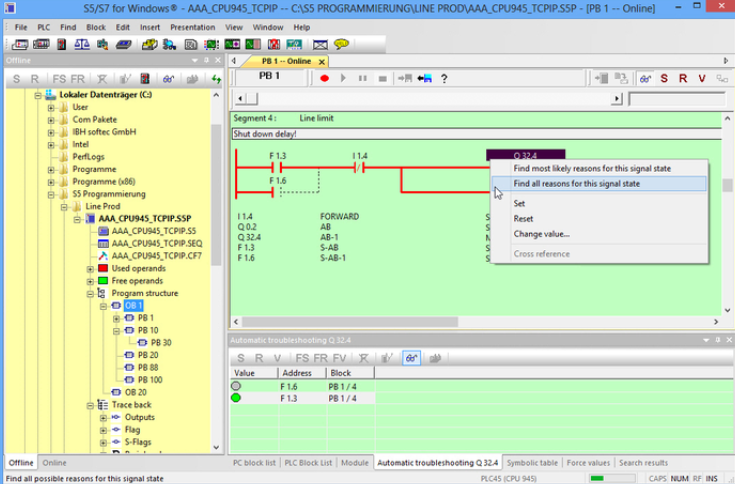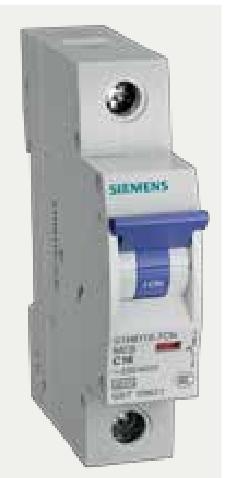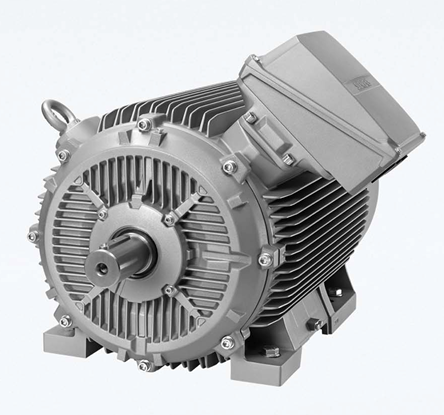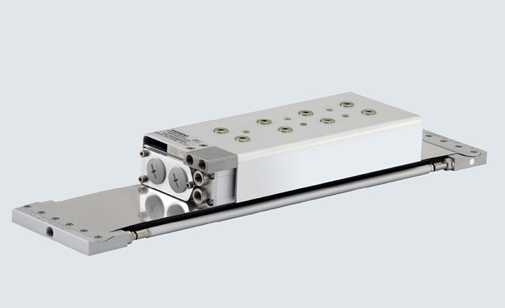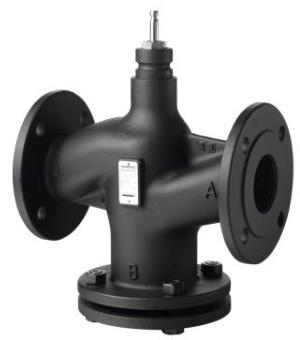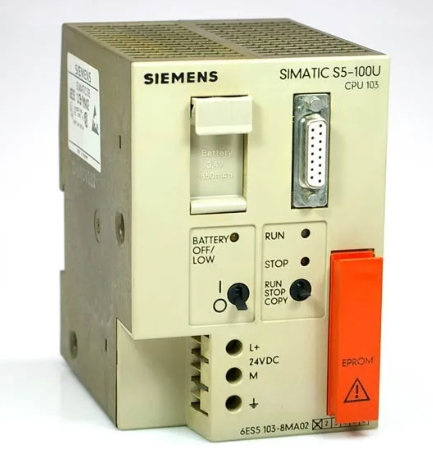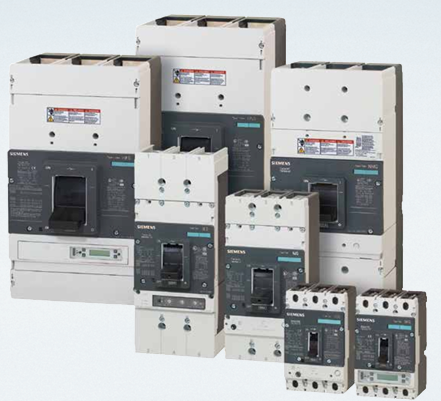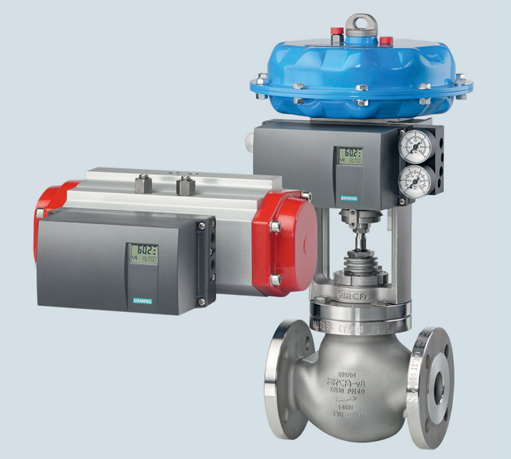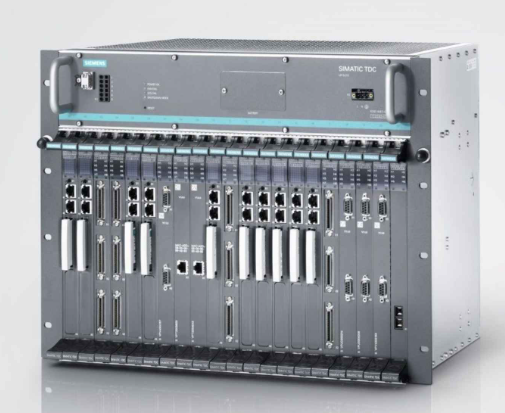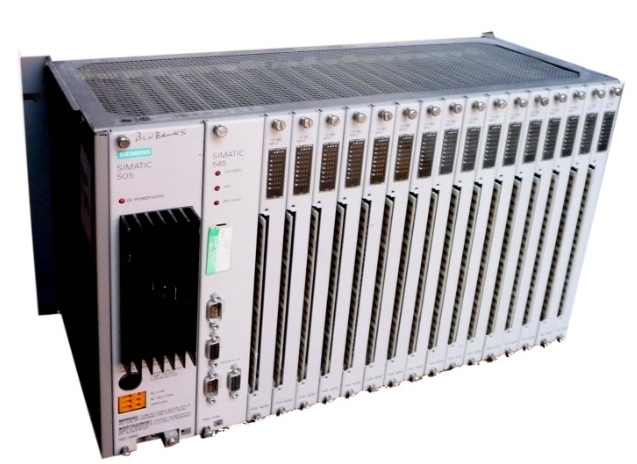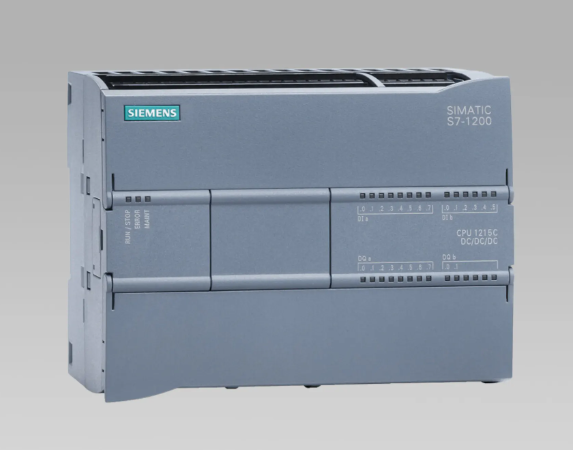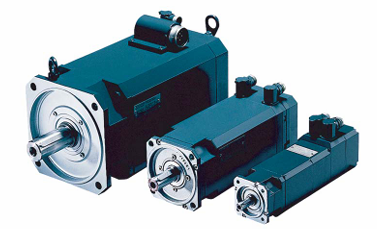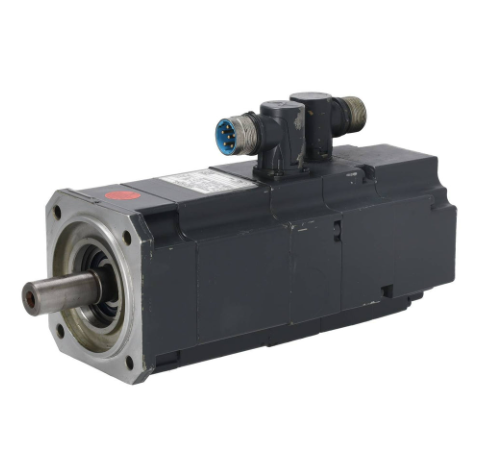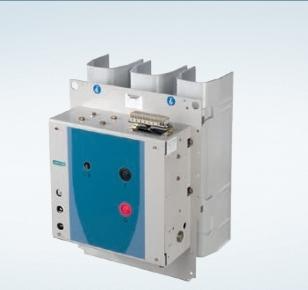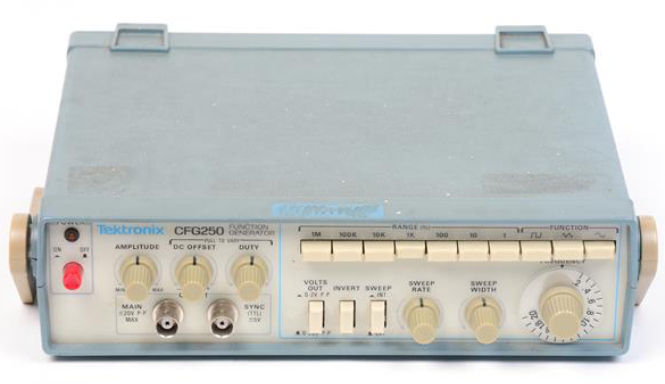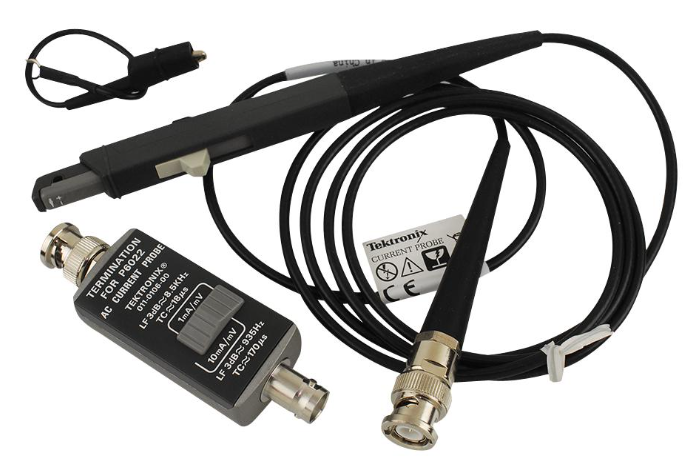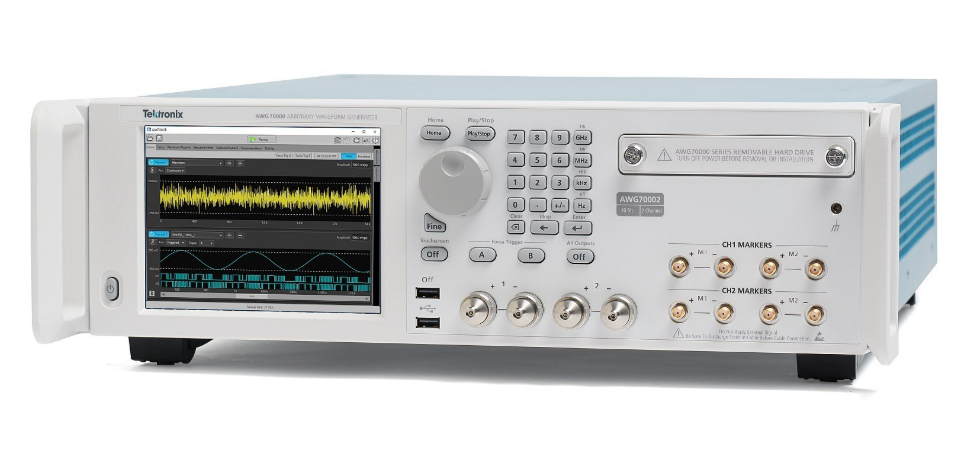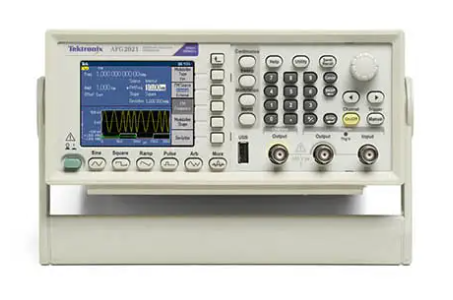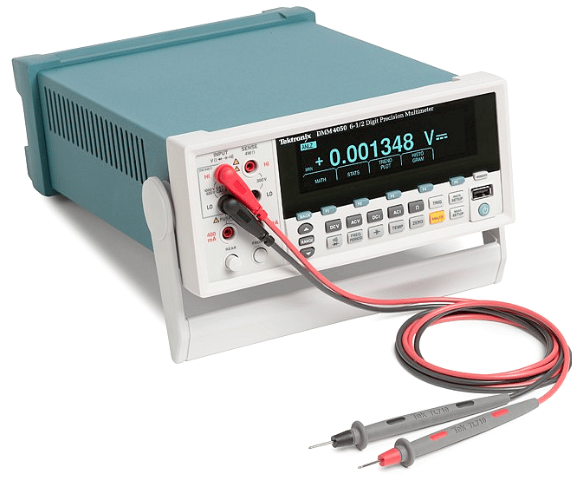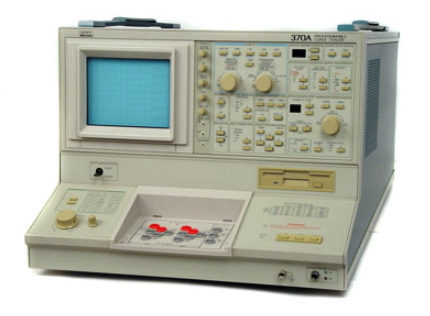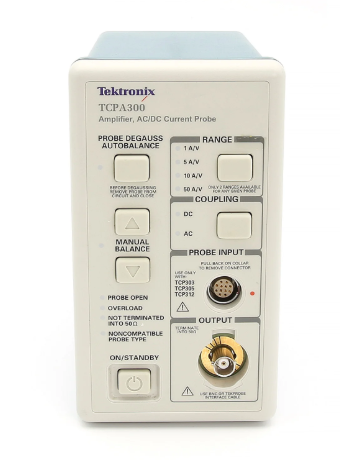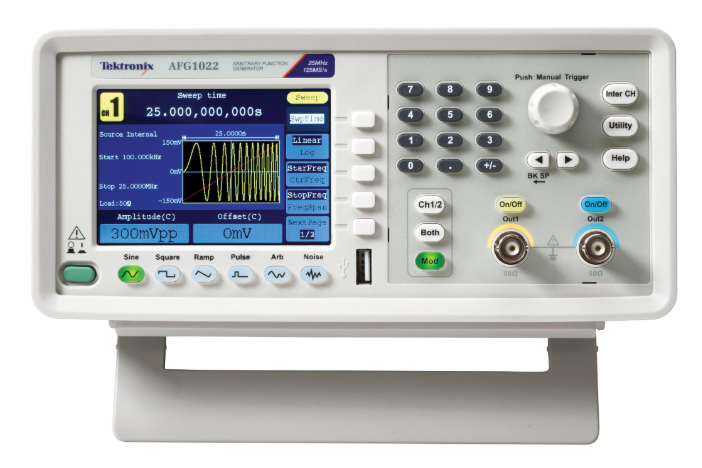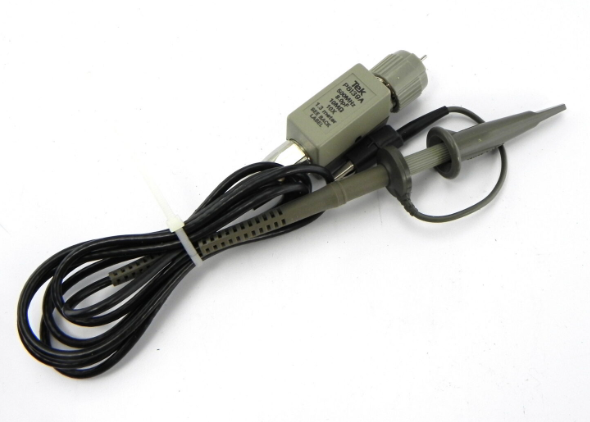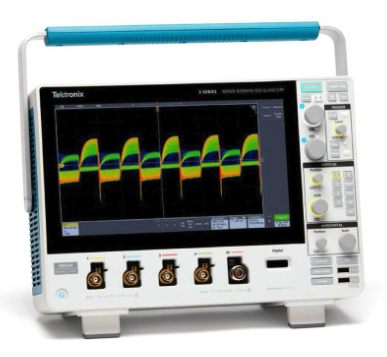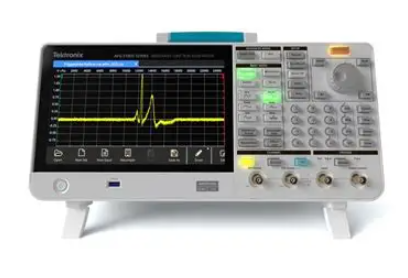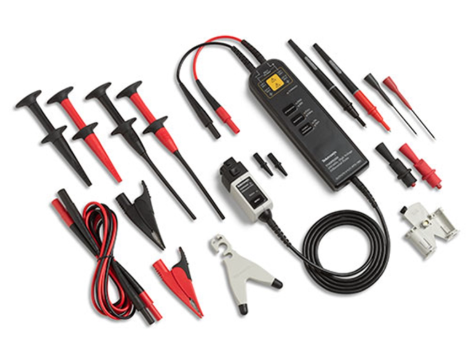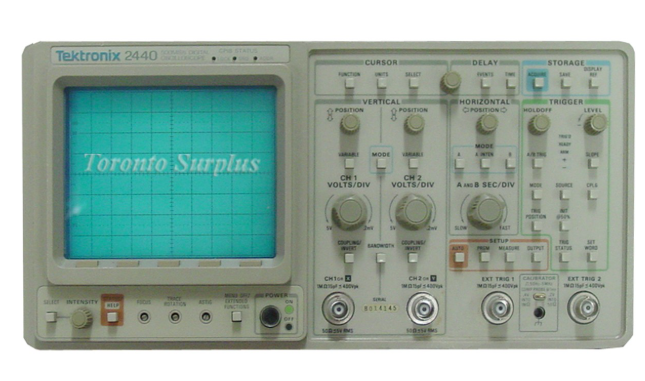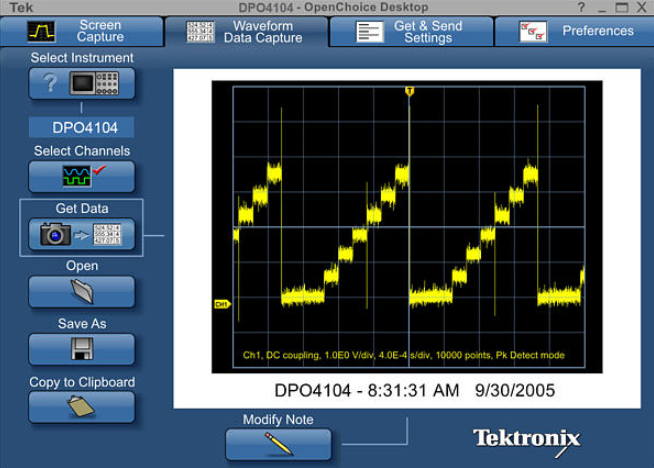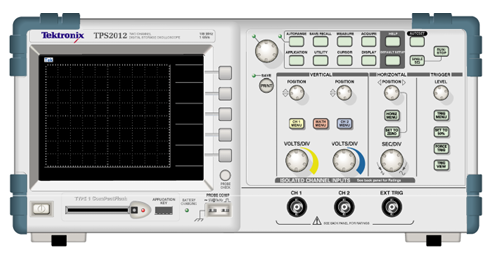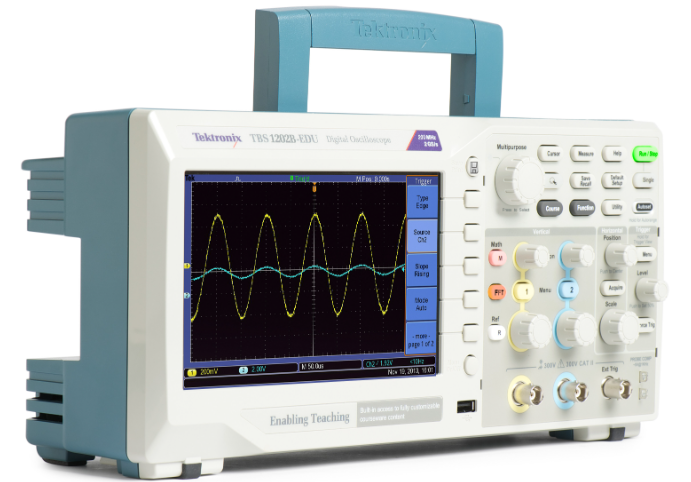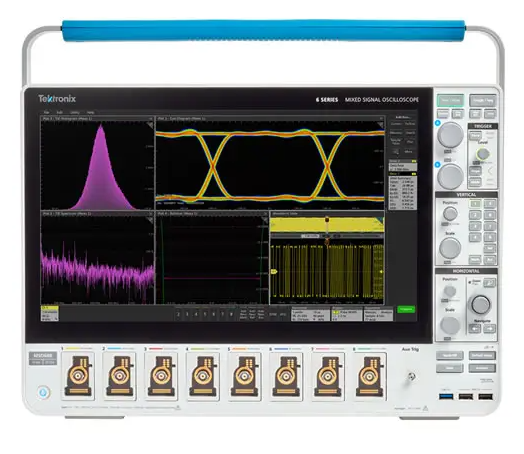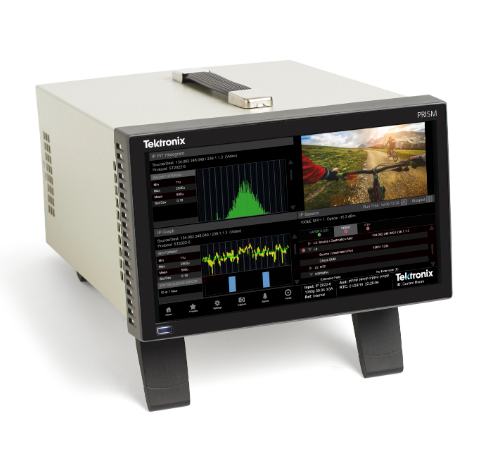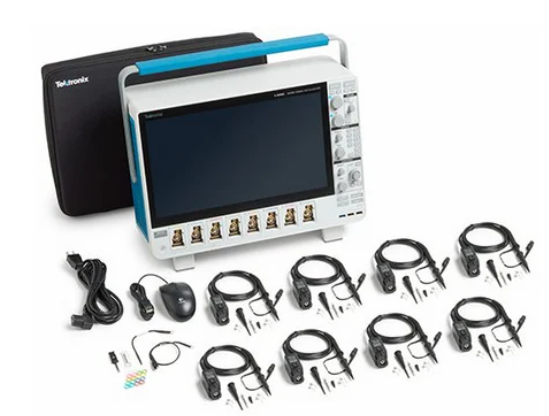NI PCI-8517 2-Port FlexRay Interface Device
NI PCI-8517 2-Port FlexRay Interface Device
Overview
The NI PCI - 8517 is a crucial device for applications that require FlexRay communication. FlexRay is a high - speed, deterministic communication protocol used mainly in automotive and industrial control systems. The PCI - 8517, with its two - port interface, allows a computer (via the PCI bus) to interact with FlexRay - enabled devices and networks.
Functionality and Features
FlexRay Communication Support
The primary function of the PCI - 8517 is to support the FlexRay communication protocol. It enables the computer to send and receive data over a FlexRay network. This includes the transmission of control commands, sensor data, and status messages. For example, in an automotive application, it can facilitate the communication between the engine control unit and other critical components such as the anti - lock braking system (ABS) and the electronic stability program (ESP). The device adheres to the FlexRay standard, ensuring reliable and accurate data transfer.
Dual - Port Capability
Having two ports provides enhanced flexibility and functionality. The dual - port design allows for different network topologies and connection scenarios. For instance, one port can be used to connect to a primary FlexRay network segment, such as the high - speed communication loop in a vehicle's electronic system, while the other port can be used to connect to a secondary or redundant network. This redundancy can improve the reliability of the system, as it provides an alternative communication path in case of a fault in one of the network segments.
Data Buffering and Synchronization
The PCI - 8517 is equipped with data - buffering capabilities. This is important for handling the variable data - flow rates and ensuring that data is not lost during high - traffic periods. The device can buffer incoming and outgoing data, allowing for smooth and efficient communication. Additionally, it provides synchronization features to align the data transfer with the FlexRay network's timing requirements. This is crucial for applications that demand precise timing, such as real - time control systems, to ensure that data is received and processed at the correct instants.
Error Detection and Correction
To maintain the integrity of the communication, the device incorporates error - detection and - correction mechanisms. It can identify errors such as bit - errors, frame - errors, and synchronization - errors in the FlexRay data stream. When an error is detected, it can take corrective actions such as requesting re - transmission of the data or using error - correction codes to recover the correct data. This helps to ensure the reliability of the information exchanged over the FlexRay network.
Technical Specifications
FlexRay - Related Specifications
The PCI - 8517 has specific FlexRay - related technical specifications. It supports the standard FlexRay data rates, which can be up to 10 Mbps. The device adheres to the FlexRay physical - layer and data - link - layer specifications, including details such as the voltage levels and impedance of the FlexRay bus lines. It also has information about the maximum number of nodes it can support on the FlexRay network and the maximum frame length for data transmission.
PCI Bus Specifications
As a PCI - bus - based device, it has specific requirements and characteristics related to the PCI bus. It has a defined PCI - bus - speed compatibility, such as supporting PCI - X or PCI - Express standards. The device also has details about the amount of PCI - bus - bandwidth it consumes during operation, which is an important consideration when multiple PCI devices are installed in a computer system. The PCI - bus - addressing and - interrupt - handling mechanisms are also specified to ensure proper integration with the computer's operating system.
Input/Output Buffer Specifications
The data - buffering capabilities of the device are precisely defined. The input and output buffers have a specific size, usually measured in bytes or bits. The buffer - write and - read speeds are also specified, which affect the overall performance of the data - transfer process. These specifications help to determine the device's ability to handle bursty data traffic and to prevent data - buffer overflows or under - runs.
Applications
Automotive Electronics
In the automotive industry, the NI PCI - 8517 is used for a wide range of applications. It can be used to develop and test advanced driver - assistance systems (ADAS). For example, it enables the communication between different ADAS components such as radar sensors, cameras, and the vehicle's central control unit. The device also plays a crucial role in the development of in - vehicle networking systems, ensuring reliable and high - speed communication between various electronic control units (ECUs).
Industrial Automation and Control
In industrial control systems, the PCI - 8517 is applied in applications that require high - speed and deterministic communication. It can be used to connect industrial robots to a central control system via a FlexRay network. The precise timing and reliable data - transfer capabilities of the device ensure accurate control of the robot's movements and operations. It can also be used in process - control systems, such as in chemical plants or manufacturing facilities, to connect sensors and actuators in a high - speed and reliable manner.
Research and Development in Real - Time Systems
In research institutions and development labs, the PCI - 8517 is a valuable tool for studying and implementing real - time communication protocols. It can be used to build and test experimental FlexRay - based systems, such as in the development of new automotive - electronics architectures or industrial - control strategies. The device's ability to provide accurate data - buffering and - synchronization, along with error - detection and - correction, makes it suitable for such research and development applications.

- User name Member Level Quantity Specification Purchase Date
- Satisfaction :
-









Email:wang@kongjiangauto.com

